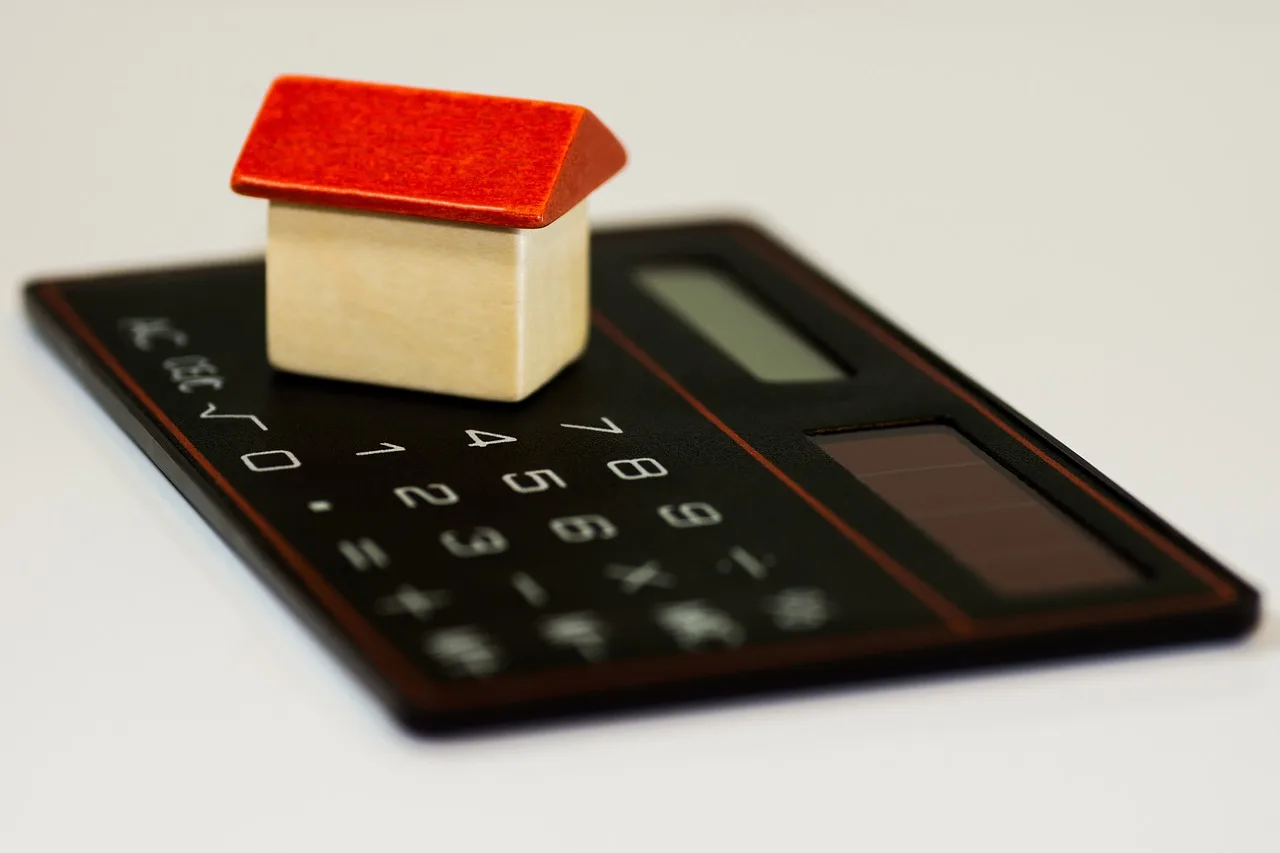Buying a home is one of the biggest financial decisions most Canadians will make. For many, the dream of homeownership wouldn’t be possible without a mortgage. If you’re considering a mortgage and planning to put less than 20% down, you’ll likely encounter the term “mortgage default insurance.” But what exactly is it? Let’s break it down in simple terms.
What is Mortgage Default Insurance?
Mortgage default insurance, also known as CMHC insurance, protects lenders in case a borrower defaults on their mortgage. This insurance doesn’t protect you as the borrower—it’s strictly for the lender. However, by reducing the lender’s risk, mortgage default insurance enables them to offer mortgages with lower down payment requirements and competitive interest rates.
Who Provides Mortgage Default Insurance in Canada?
In Canada, mortgage default insurance is provided by:
- Canada Mortgage and Housing Corporation (CMHC): A government-backed entity.
- Sagen: A private insurer formerly known as Genworth Canada.
- Canada Guaranty: Another private insurer.
Each of these providers follows similar guidelines set by the government to qualify borrowers for insurance.
When is Mortgage Default Insurance Required?
You’ll need mortgage default insurance if your down payment is less than 20% of the home’s purchase price. These mortgages are commonly referred to as “high-ratio mortgages.”
Exceptions to the Rule
Some situations don’t require mortgage default insurance, even with a smaller down payment. These include:
- Home prices over $1 million: High-ratio mortgages are not allowed for homes exceeding this price.
- Private mortgages: Lenders outside traditional banks may not require it, though they often come with higher interest rates.
How Does Mortgage Default Insurance Work?
The premium for this insurance is typically added to your mortgage balance and paid off over the life of your loan. It’s a percentage of your total mortgage amount and is determined by your down payment size.
Premium Breakdown
Here’s how premiums are calculated based on your down payment:
- 5% Down Payment: Premium equals 4.00% of the mortgage amount.
- 10% Down Payment: Premium equals 3.10% of the mortgage amount.
- 15% Down Payment: Premium equals 2.80% of the mortgage amount.
For example, if your mortgage is $400,000 and you put down 5%, your premium would be $16,000 (4% of $400,000).
How Does Mortgage Default Insurance Affect Your Costs?
While mortgage default insurance allows you to buy a home sooner, it does increase your overall borrowing costs. The added premium means you’ll pay more in interest over the life of your mortgage.
Pros of Mortgage Default Insurance
- Lower Down Payment: You can buy a home with as little as 5% down.
- Competitive Interest Rates: Lenders are more willing to offer lower rates.
- Access to Homeownership: Makes homeownership possible for those without large savings.
Cons of Mortgage Default Insurance
- Higher Costs: Increases your overall mortgage balance and interest payments.
- No Benefit to Borrower: Offers no protection for you if you default.
Alternatives to Mortgage Default Insurance
If you’d prefer to avoid paying mortgage default insurance, you’ll need to save for a 20% down payment. Here are a few tips to reach that goal:
- Set Up a Dedicated Savings Account: Consider a high-interest savings account to grow your funds faster. Learn about great banking options here.
- Cut Unnecessary Expenses: Review your budget and eliminate discretionary spending.
- Take Advantage of First-Time Home Buyer Incentives: Programs like the Home Buyers’ Plan (HBP) allow you to use RRSP savings for your down payment without penalty.
Frequently Asked Questions
1. Can I Cancel Mortgage Default Insurance?
No, mortgage default insurance cannot be cancelled once it’s in place. It remains for the life of the mortgage unless you refinance with a down payment exceeding 20%.
2. Does Mortgage Default Insurance Protect Me?
No, it’s solely for the lender’s protection. To protect yourself, consider mortgage life insurance or critical illness coverage.
3. How is the Insurance Premium Paid?
The premium is added to your mortgage balance and paid off through your regular mortgage payments.
4. Are All Lenders Covered by CMHC?
Not all lenders use CMHC. Some may use private insurers like Sagen or Canada Guaranty.
Is Mortgage Default Insurance Worth It?
If you’re eager to enter the housing market but lack a 20% down payment, mortgage default insurance is a valuable tool. It makes homeownership accessible and often allows you to secure better interest rates. However, it’s essential to understand how it affects your overall costs and plan accordingly.
For more insights on mortgages, check out these articles:
- Fixed vs. Variable Rate Mortgages
- Steps to Qualify for a Mortgage
- Understanding the Different Types of Mortgages
Final Thoughts
Mortgage default insurance can open doors to homeownership for Canadians without a large down payment. By understanding how it works and its impact on your finances, you can make informed decisions about your mortgage options.



